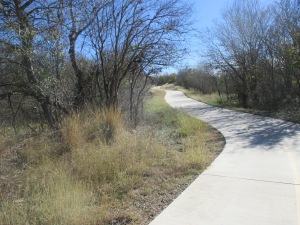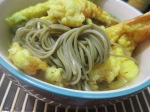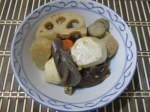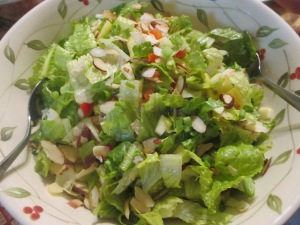◆—Information of regional Onsen spots ——-◆
Hello everyone! Thank you very much for your reading regularly!
It’s a good season to travel and experience Japanese natural hot spring!
Have you ever tried Japanese Onsen? It is very effective for not only your skin but also your mind-body relaxation. In fact, the natural hot spring, Onsen is said to have benefits of overall health, such as recovery from various kinds of pain. It is also effective for recovery from fatigue and even for skin health.
I will introduce some features of regional Onsen spots in Japan little by little.
★ニセコ温泉郷(Niseko onsenkyo)
-北海道(Hokkaido)
It is well-known as a hot spring area where there are many kinds of natural hot springs.
ex)
Niseko Konbu onsen(ニセコ昆布温泉) : chloride, hydrocarbonate spring
Niseko Annupuri onsen(ニセコアンヌプリ温泉): Sodium hydrocarbonate spring
Niseko Niimi onsen(ニセコ新見温泉): chloride, sulfate spring
Niseko Yumoto onsen(ニセコ湯本温泉): mainly sulfate, iron mineral spring
Niseko Goshiki onsen(ニセコ五色温泉): Acidic sulfate spring
Niseko Higashiyama onsen(ニセコ東山温泉): Sodium hydrocarbonate, sulfate spring
★洞爺湖温泉(Toyako onsen): Sodium, chloride spring
-北海道(Hokkaido)
有珠山(Usu-zan): active volcano, it is located in the south of Lake Toya.
The hot spring source is a parasitic cone of 有珠山(Usu-zan), 四十三山(Yosomi-yama).
★登別温泉(Noboribetsu onsen): sulfur spring, hydrogen sulfide, iron-containing spring
-北海道(Hokkaido)
Noboribetsu is derived from “nupurpet” in Ainu language, which means a river having mysterious powers.
★別府温泉(Beppu onsen):
-大分県(Oita Pref.)
There are eight hot spring areas called “Beppu hattou(別府八湯)” including Beppu onsen. The natural hot spring source is located along a huge cliff. Especially Kannawa and Myouban onsen area are designated as “important cultural landscapes” in Japan.
ex)
Kannawa onsen(鉄輪温泉): chloride spring, metasilicic acid (weak acidity)
Myouban onsen(明礬温泉): acidic spa water of a hydrogen sulfide type, iron sulfate spring
★有馬温泉(Arima onsen): hot spring with high iron, salt, carbonic acid gas content
-兵庫県(Hyougo Pref.)
It is the oldest onsen in Japan, as written in Nihon-shoki (the oldest chronicles of Japan).
It is also well-known as a hot red onsen. The natural hot spring source is surprisingly the mantle of the earth. The hot spring is said to have been produced passing through the fault for so many more years than the history of the mankind.
Don’t you think that you would like to visit and experience Japanese Onsens, too?













